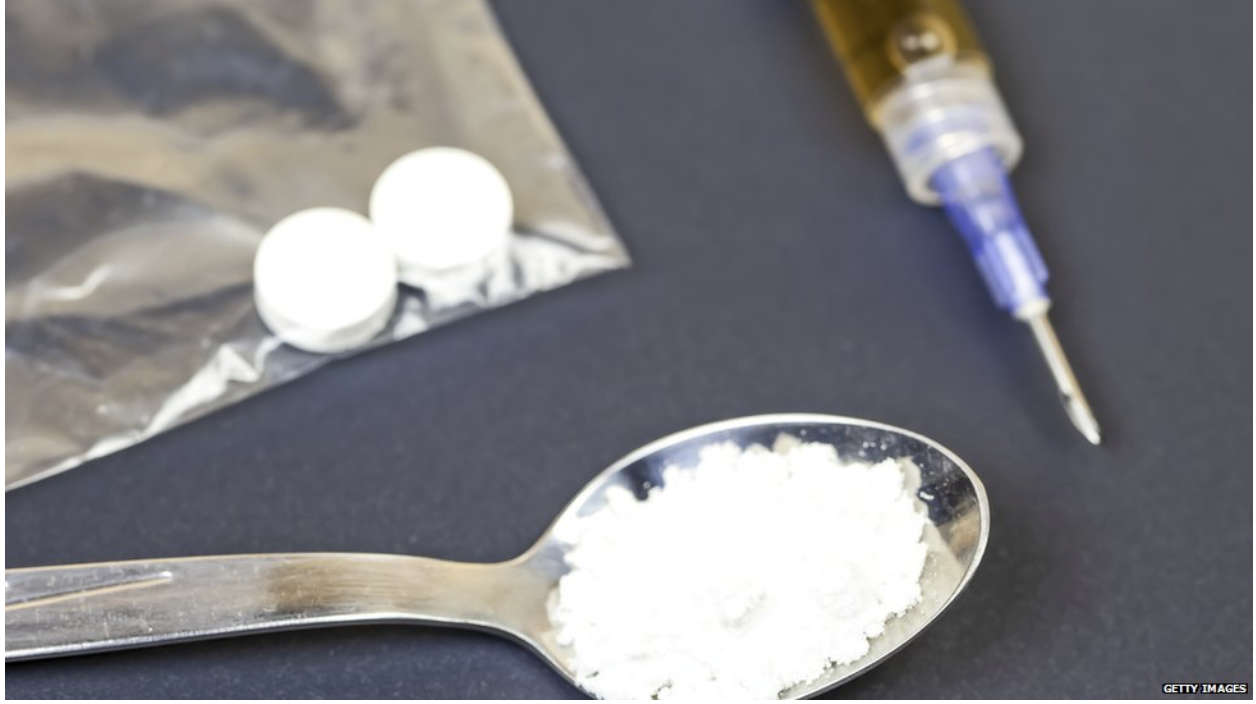
More than 100 deaths have now been linked to synthetic opioids called nitazenes since the summer, according to the National Crime Agency.
They believe nitazenes are produced in illicit labs in China and are entering the UK through the Royal Mail and other parcel operators.
In most cases, they are then cut and mixed with heroin by organised gangs, strengthening the drugs being sold on the street.
They have also been found in samples of illegal diazepam tablets, most likely bought online.
Diazepam - also known by one of its brand names, Valium - is a class-C drug in the UK, commonly used to treat anxiety, muscle spasms and seizures. It is illegal to possess without a prescription.
The Department of Health and Social Care (DHSC) told the BBC it was concerned about nitazenes in "fake medicines".
Alongside law enforcement agencies, DHSC has joined a cross-government taskforce to lead the response.
Critics, however, say the authorities have not acted fast enough to track non-fatal overdoses involving nitazenes.
Tracking overdose data can show where the drugs have spread and predict and prevent deaths.
Currently, there is no national system. Overdose figures are gathered by the government from local services and are based on tests of seized drugs and paraphernalia or samples from drug users.
Those records, obtained by the BBC through a Freedom of Information request, suggest there were four non-fatal nitazene overdoses across the West Midlands in the last six months of 2023.
But Dr Mark Pucci, a consultant in clinical toxicology who works in Birmingham and Sandwell, however, observed 13 patients who overdosed and survived between July and October 2023.
They were among 19 people who tested positive for the drugs in blood or urine tests. None of the patients knew beforehand they had taken them.
He said:
"I believe there are very few NHS labs around the country that are set up to test for nitazenes.
"I do believe England is behind the curve on this matter and is now playing catch up. The data collection method they are using in terms of testing drug paraphernalia and so on is only ever going to be the tip of the iceberg."
A BBC Shared Data Unit investigation has also found:
- There have now been 101 deaths linked to nitazenes across the UK from when health bosses began recording in June last year. Seventy-six of them were in England, with the most recent in York in January. At least a further 49 cases await further testing.(Nine of those deaths were in the South East over the past nine months)
- Between June and December last year, the Department of Health and Social Care recorded 19 non-fatal overdoses across England linked to nitazenes.
- The drugs are also being trafficked from the UK overseas to New Zealand, Australia and the US, the National Crime Agency has said.
- The DHSC is consulting on a legal change so more professionals can give out take-home supplies of naloxone - a medicine that can reverse the effects of an opioid overdose.
- Most of the 58 samples submitted voluntarily to Public Health Wales's drug testing service, Wedinos, which were found to contain nitazenes between June last year and February, were from people who had intended to buy Benzodiazepines such as Diazepam.
Dr Judith Yates, who collates data about drug deaths in Birmingham, said advice to government published in 2016 had not been followed, which suggested focussing more on non-fatal overdoses, which were often a warning of future deaths.
One reason thought to be behind the emergence of these new drugs is the ban of harvesting opium poppies in Afghanistan.
The NCA says at this stage there is not a heroin shortage in the UK as there remain significant reserves.
A spokesman said the purity of street-level heroin had declined in the last year as part of a long-term trend.
The agency has worked with police across the UK and internationally to target key offenders including those selling on dark net markets.
All areas had testing facilities, but due to nitazenes' novelty, resources were limited.
The number of deaths involving nitazenes was "likely... under-represented", in part due to "information gaps'' within the UK drugs market.
The DHSC said it had a surveillance system in place to collect information on the nature and location of novel drug use.
Work was under way to improve these systems including collating information from ambulance call-outs and hospital admissions.
What are nitazenes?
- Nitazenes were first developed in the 1950s as a pain-killing medication but are so potent and addictive they have never been approved for medical or therapeutic use
- Injected, inhaled or swallowed, mixing them with other drugs and alcohol is extremely dangerous and significantly increases the risk of overdose and death
- The new drugs are covered by the Psychoactive Substances Act 2016, but the government said last year it wanted to classify 15 synthetic opioids as Class A drugs
What are the signs someone has taken them?
- Small, narrowed pupils
- Reduced or loss of consciousness
- Dizziness or drowsiness
- Difficulty breathing
- Nausea or vomiting
- Cold or clammy skin
- Blue or grey lips and fingernails
- Low blood pressure or decreased heart rate
Anyone who has consumed synthetic opioids and experiences the symptoms described should seek urgent medical treatment.
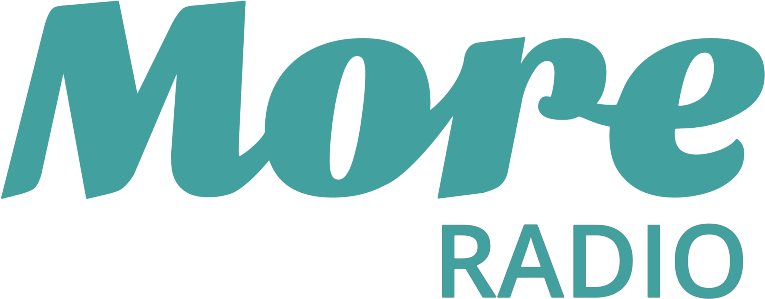
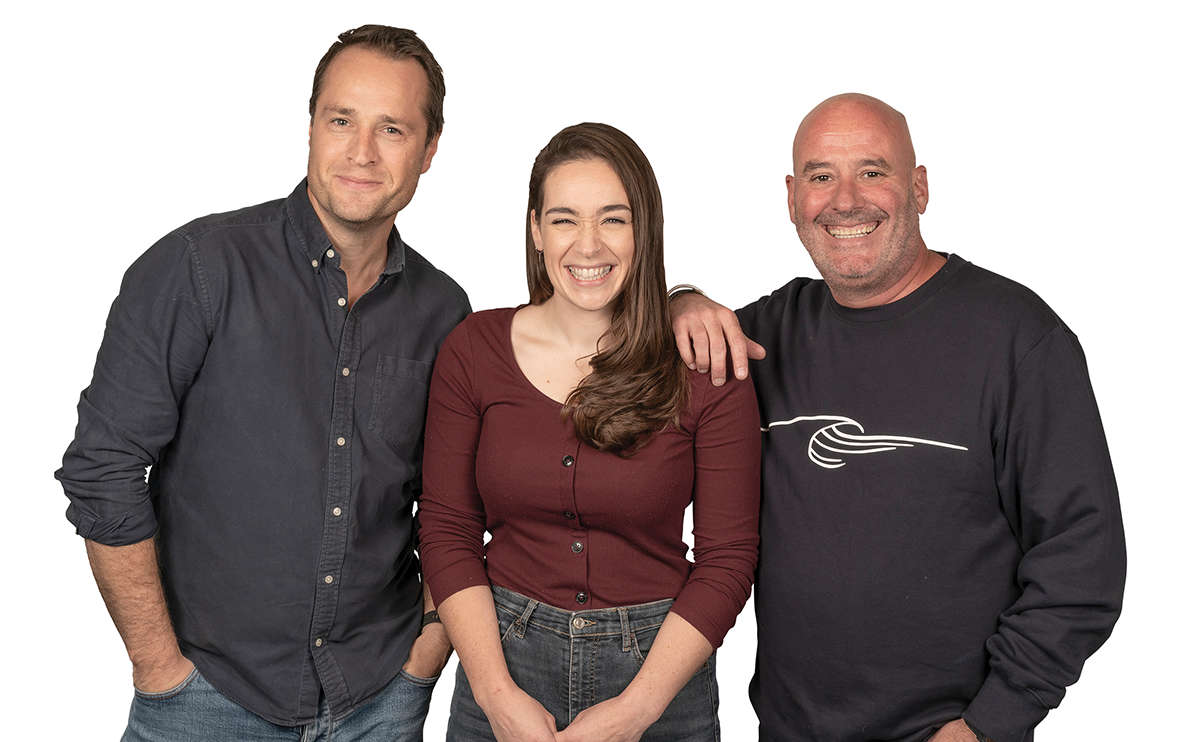
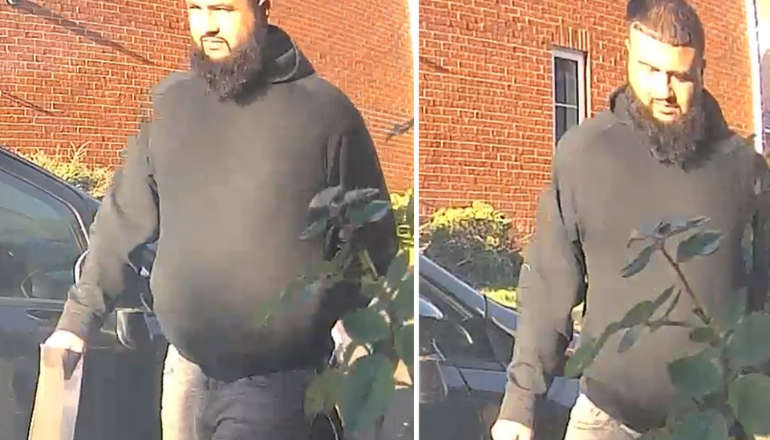 ID Appeal After Victims In Littlehampton Are Targeted In Banking Scam
ID Appeal After Victims In Littlehampton Are Targeted In Banking Scam
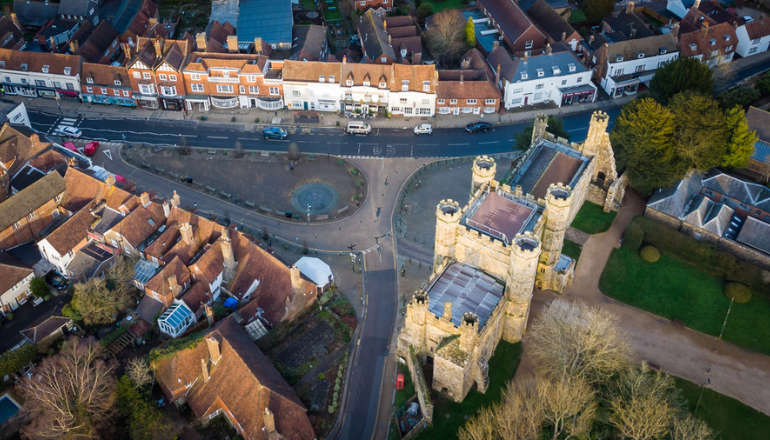 East Sussex County Council To Seek New Drugs And Alcohol Contract
East Sussex County Council To Seek New Drugs And Alcohol Contract
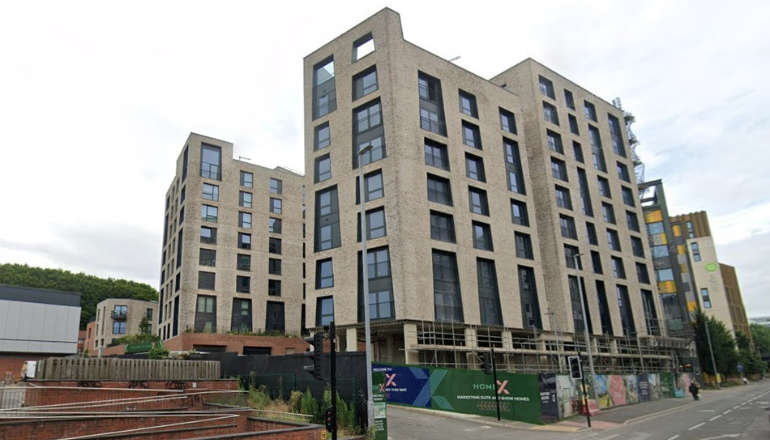 Police And Disgruntled Neighbour Drop Objection To Brighton Sainsbury's Drinks Licence
Police And Disgruntled Neighbour Drop Objection To Brighton Sainsbury's Drinks Licence
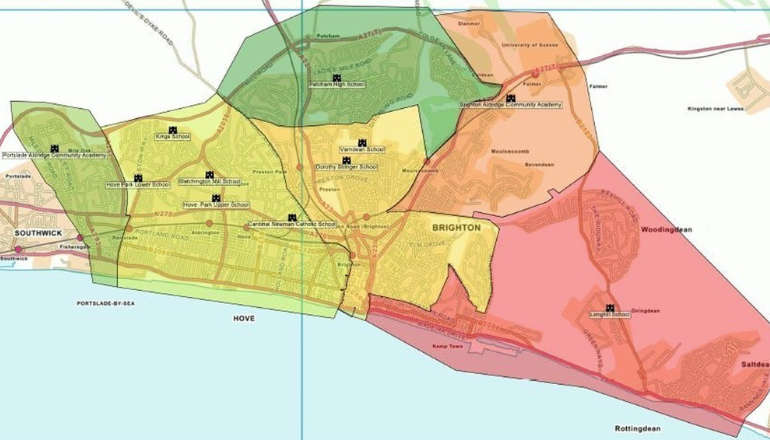 Brighton Campaigners Complain Of Bias In Scrutiny Debate
Brighton Campaigners Complain Of Bias In Scrutiny Debate
 Moder Moves Leaves Brighton To Join Dutch Giants
Moder Moves Leaves Brighton To Join Dutch Giants
 Brighton Jumps Into Top 30 In University Sustainability League Table
Brighton Jumps Into Top 30 In University Sustainability League Table
 More Than £14m Spent To Help Improve Water Quality Near Chichester
More Than £14m Spent To Help Improve Water Quality Near Chichester
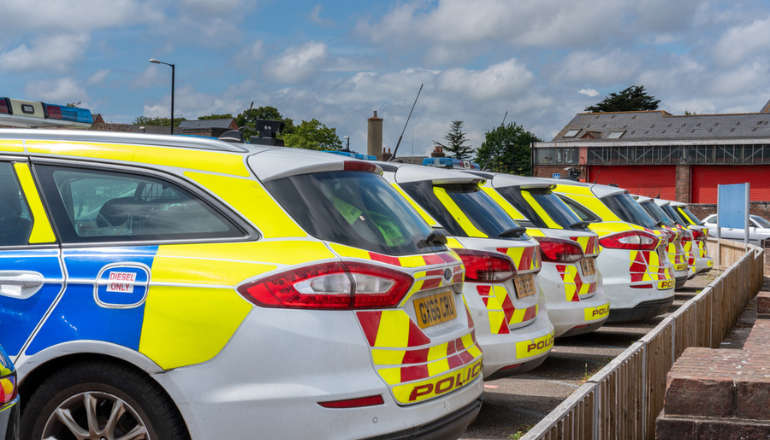 Investigation Continues Into Death Of Man In Brighton
Investigation Continues Into Death Of Man In Brighton
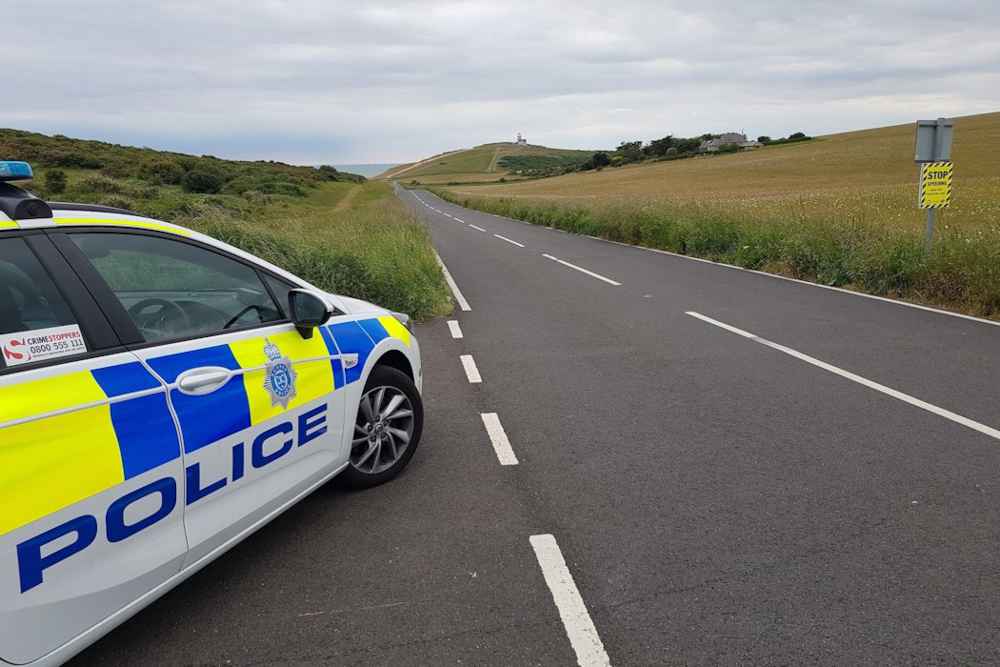 Witness Appeal Following Serious Assault Near Storrington
Witness Appeal Following Serious Assault Near Storrington
 Man Sentenced For Terror Offences
Man Sentenced For Terror Offences